The early 1900s cars also benefited from major advances in automotive technology. In 1912, the electric starter, an electric motor that starts the gasoline engine, was invented. It made the operation of the 1910s cars a lot easier. Before its invention, the gasoline engine had to be started by cranking it by hand. This took considerable strength and was also dangerous. If the car were not cranked properly, the crank could kick back and cause a fractured thumb or arm.
Although Olds and Cadillac developed the idea of standardized and interchangeable parts, it was Henry Ford who developed mass production and made possible rapid production of the early 1900s cars. In 1908 the Ford Motor Company produced the famous Model T Ford. His idea was to produce and motor car that the average person could afford, operate, and maintain. The first Model T Ford sold for $850.00.
Ford's ideas truly revolutionized car manufacturing by developing the first assembly line in 1914. The basic idea of the assembly line was to move the car on a moving conveyor belt while workers on each side added parts as the car moved along. Often the parts were brought to the workers on another conveyor belt. Each worker had a specific relatively simple task to perform as compared with assembling an entire engine. The use of standardized interchangeable parts also produced a better product that could be easily repaired at lower cost. Before the assembly line, it had taken more than twelve hours to assembly a Model T. New Model T's now come off the assembly line at the rate of one car every 24 seconds. By 1915 the price of a Model T had dropped to $440.00, and by 1925 a Model T could be bought for $290.00. The early 1900's cars now are within reach of the average car buyer.
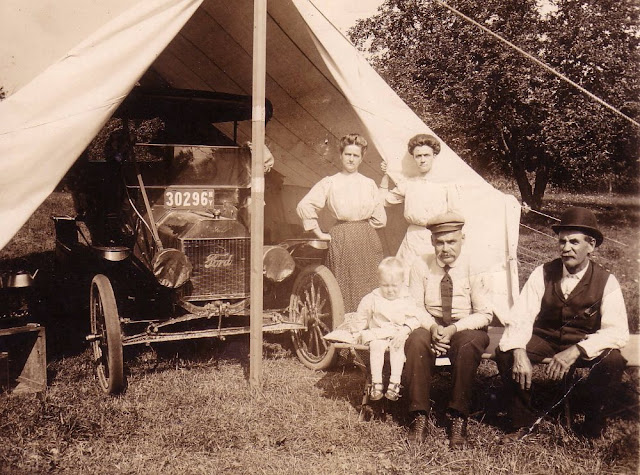
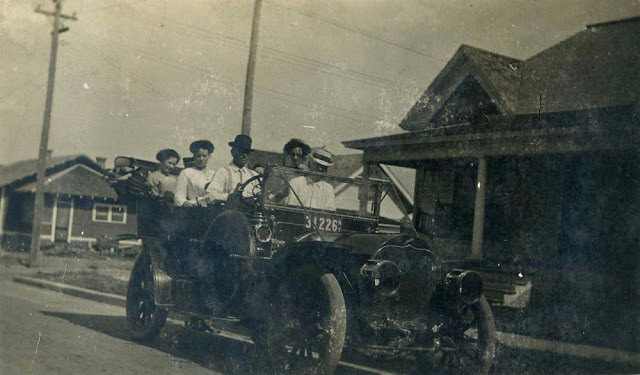


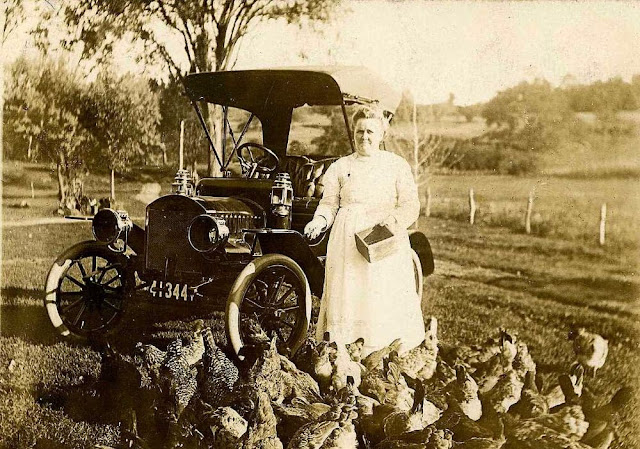

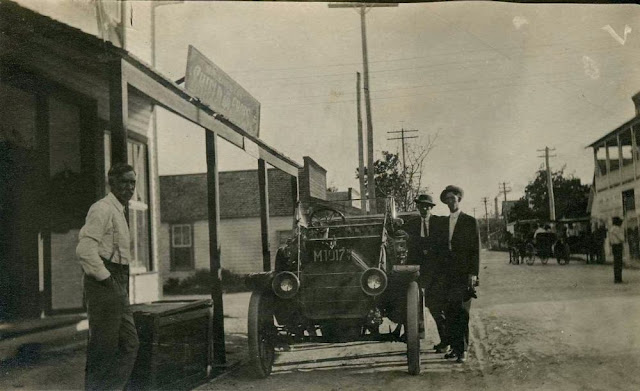

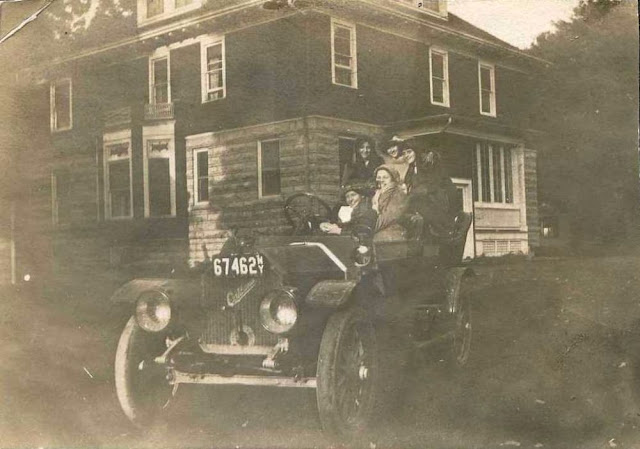
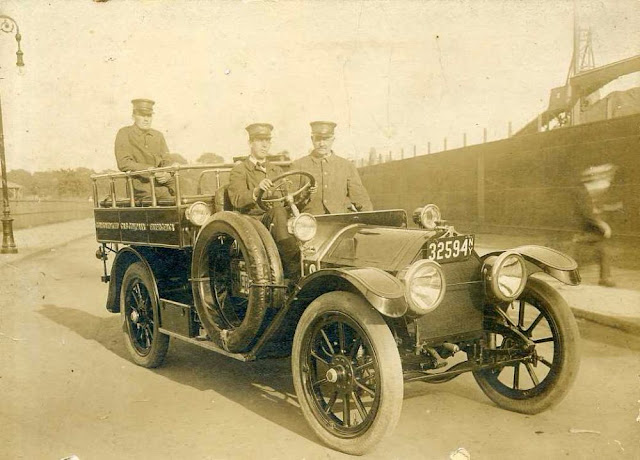








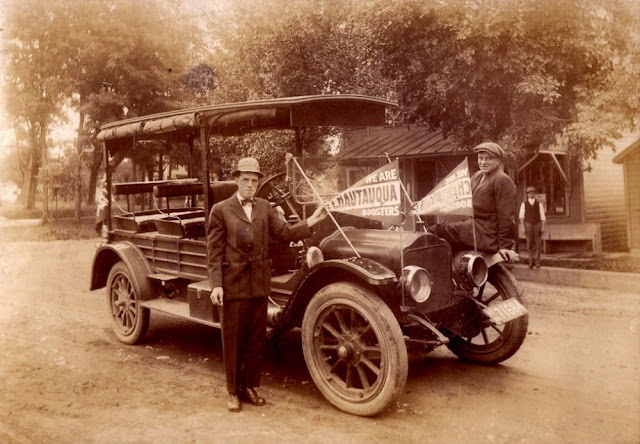


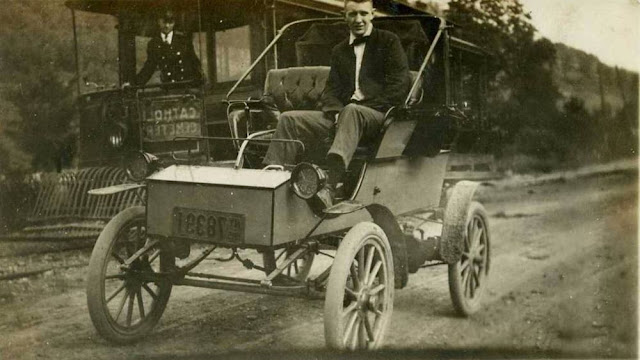




















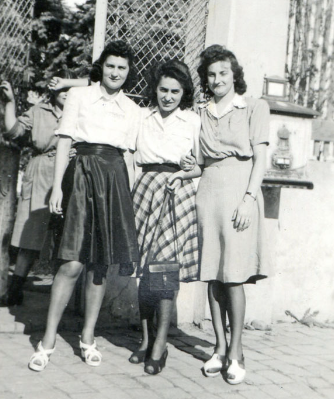
-1701171242.jpg)